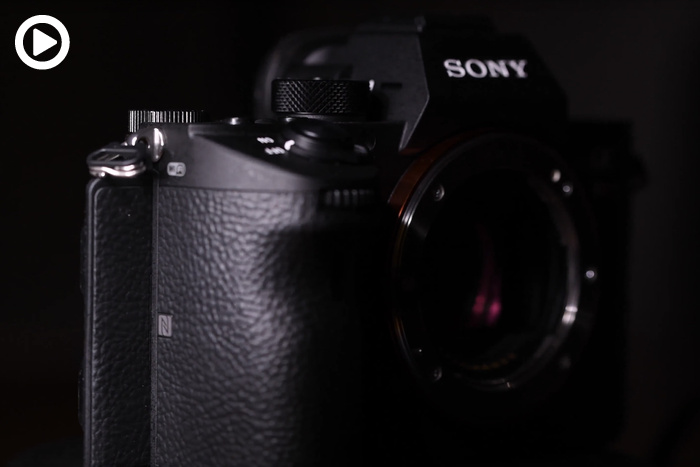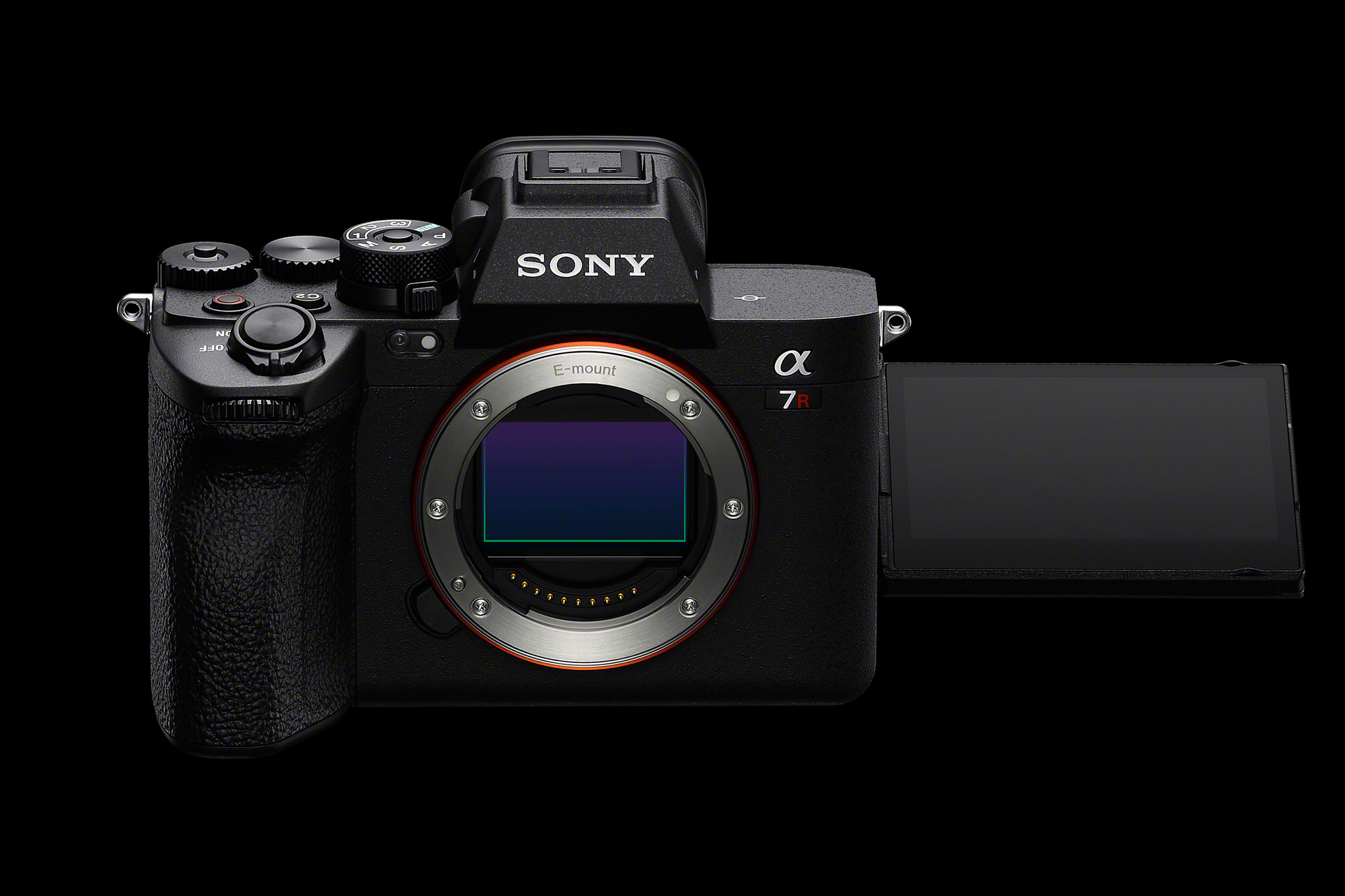
Maximum Magnification Ratio: Wide 1:2.9 – Tele 1:4.5 Lens Construction: 19 elements in 15 groups Recommended Reviews: Dustin Abbott | Christopher Frost (YouTube) | Pros: Built quality, weather sealing, very sharp, quiet autofocus, priceĬons: Flare resistance, distortion at 24mm The lens is let down a little when it comes to flare resistance and distortion when shooting at 24mm, but for the price this lens is practically a no brainer.įor a comparison with the Sony 24-70 F2.8 GM lens and the Tamron 28-75 F2.8 see this video from Gerald Undone. This lens is extremely well built, very sharp across the frame even when shooting wide-open and the autofocus motor is fast and quiet. Sigma really hasn’t made many sacrifices here despite this lens costing around half the price of the Sony 24-70 GM lens. Until now if you wanted a 24-70 F2.8 lens then you either needed to rob a bank to purchase the Sony 24-70 F2.8 GM lens or sacrifice a little image quality and autofocus performance by purchasing the Tamron 28-75 F2.8 lens. The Sigma 24-70mm F2.8 DG DN Art lens has been designed specifically for mirrorless cameras like the Sony Alpha Series. Minimum Focusing Distance: 0.38 m (1.24 ft) Recommended Reviews: Jordan Steele | Jannik Peters Pros: Excellent center sharpness even when wide open, vignetting, build quality, fast and accurate autofocus, bokeh, chromatic aberrationĬons: Flare resistance, sharpness wide open, size, price The autofocus motor is both fast and quiet, helping you to lock on and track your subject with ease. Sharpness is simply outstanding throughout the entire zoom range at all apertures and all focus distances, if you start pixel peeping into the corners then you will spot that they are a tiny bit softer at f/2.8. The lens is well built and weather sealed from dust and moisture.

Not many zoom lenses can match the image quality or speed of prime lenses, at least that was the case until the FE 24-70mm F2.8 GM came along. If money is not too much of a concern and you want the very best quality along with a maximum aperture of f/2.8, then the Sony FE 24-70mm F2.8 GM lens is probably the all-in-one lens for you. Stabilization: No (But you can use IBIS on the a7R IV) Minimum Focusing Distance: 0.19 m (0.62 ft) Recommended Reviews: Albert Dros | Jannik Peters Pros: Excellent sharpness even wide open, lovely sunstars, smooth bokeh, lightweight, cost The image quality of this lens comes surprisingly close to the Sony FE 24-70 F2.8 G Master lens, which really is something considering the G Master costs around twice the price! There is very little in the way of chromatic aberrations to worry about and the lens is sharp across the frame even at its maximum aperture of f/2.8. On launch this lenses was sold out for over 6 months! It offers excellent sharpness and autofocus performance in a compact and lightweight body. With a focal range of 28-75mm it doesn’t go as wide or as long as the Sony, however it does let you shoot with a maximum aperture of f/2.8. If the Sony FE 24-105 is a little too expensive then thankfully Tamron’s 28-75mm F2.8 Di III RXD zoom lens is a very good and slightly more affordable all-in-one alternative.


Please note that this guide does not include every single E-mount lens, it’s just a selection of the most popular lenses based on use in the Alpha Shooters community. If you prefer Facebook then I also run the Sony a7R IV Shooters Group. If you are looking for further help and advice on the a7r IV or would simply like to share your photos, then please head over to our friendly Sony a7R Forum.


 0 kommentar(er)
0 kommentar(er)
